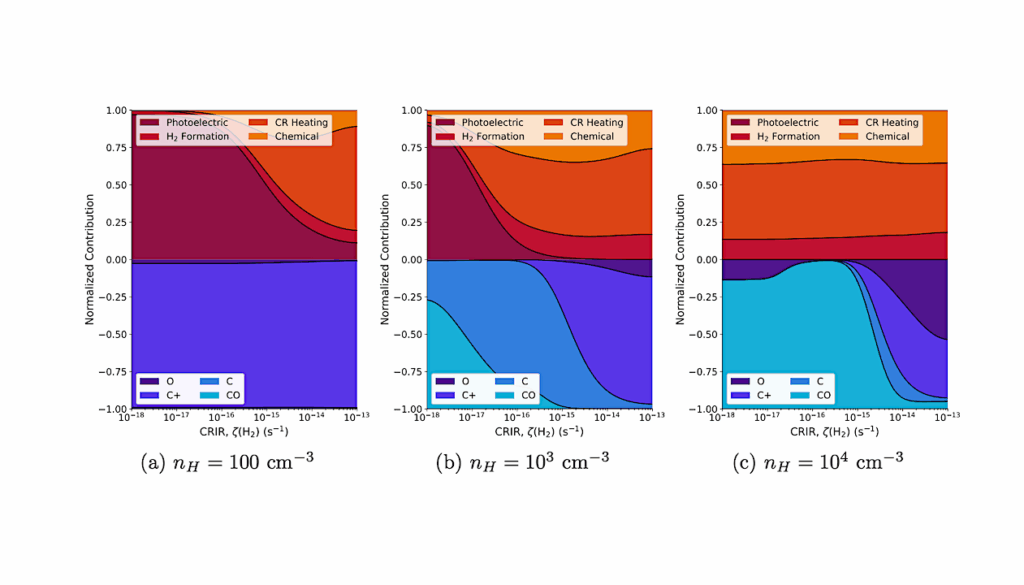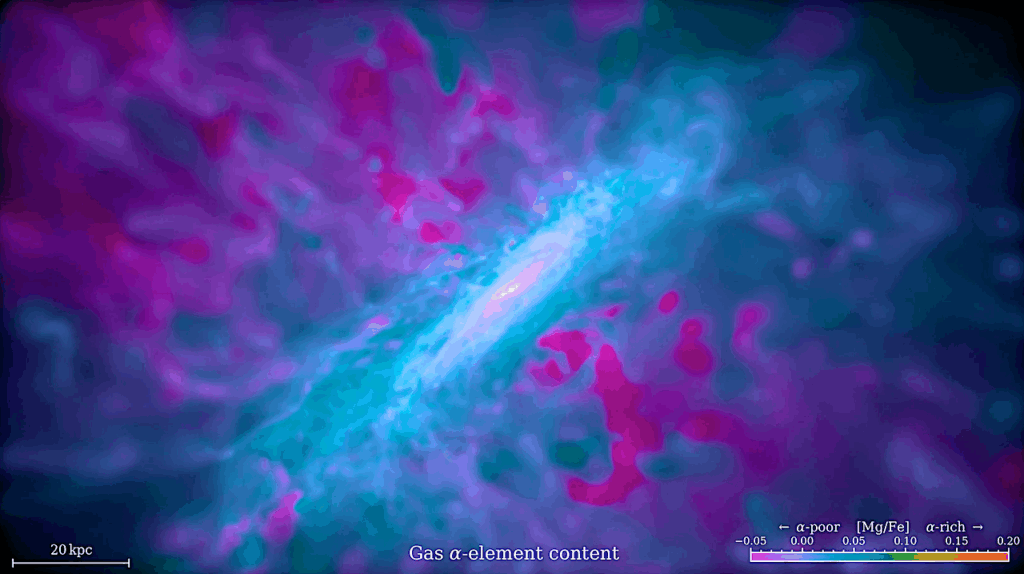The UV-SCOPE Mission: Ultraviolet Spectroscopic Characterization Of Planets and their Environments

UV-SCOPE is a mission concept to determine the causes of atmospheric mass loss in exoplanets, investigate the mechanisms driving aerosol formation in hot Jupiters, and study the influence of the stellar environment on atmospheric evolution and habitability. As part of these investigations, the mission will generate a broad-purpose legacy database of time-domain ultraviolet (UV) spectra for nearly 200 stars and planets.
The observatory consists of a 60 cm, f/10 telescope paired to a long-slit spectrograph, yielding simultaneous, almost continuous coverage between 1203 Å and 4000 Å, with resolutions ranging from 6000 to 240. The efficient instrument provides throughputs > 4% (far-UV; FUV) and > 15% (near-UV; NUV), comparable to HST/COS and much better than HST/STIS, over the same spectral range.
A key design feature is the LiF prism, which serves as a dispersive element and provides high throughput even after accounting for radiation degradation. The use of two delta-doped Electron-Multiplying CCD detectors with UV-optimized, single-layer anti-reflection coatings provides high quantum efficiency and low detector noise. From the Earth-Sun second Lagrangian point, UV-SCOPE will continuously observe planetary transits and stellar variability in the full FUV-to-NUV range, with negligible astrophysical background.
All these features make UV-SCOPE the ideal instrument to study exoplanetary atmospheres and the impact of host stars on their planets. UV-SCOPE was proposed to NASA as a Medium Explorer (MidEx) mission for the 2021 Announcement of Opportunity. If approved, the observatory will be developed over a 5-year period. Its primary science mission takes 34 months to complete. The spacecraft carries enough fuel for 6 years of operations.
David R. Ardila, Evgenya Shkolnik, John Ziemer, Mark Swain, James E. Owen, Michael Line, R. O. Parke Loyd, R. Glenn Sellar, Travis Barman, Courtney Dressing, William Frazier, April D. Jewell, Robert J. Kinsey, Carl C. Liebe, Joshua D. Lothringer, Luz Maria Martinez-Sierra, James McGuire, Victoria Meadows, Ruth Murray-Clay, Shouleh Nikzad, Sarah Peacock, Hilke Schlichting, David Sing, Kevin Stevenson, Yen-Hung Wu
Comments: 12 pages, 7 figures, 1 table. Conference presentation, 17 July 2022, SPIE Astronomical Telescopes and Instrumentation, Montreal, Canada
Subjects: Instrumentation and Methods for Astrophysics (astro-ph.IM); Earth and Planetary Astrophysics (astro-ph.EP)
Cite as: arXiv:2208.09547 [astro-ph.IM] (or arXiv:2208.09547v1 [astro-ph.IM] for this version)
https://doi.org/10.48550/arXiv.2208.09547
Focus to learn more
Submission history
From: David Ardila
[v1] Fri, 19 Aug 2022 21:09:30 UTC (3,833 KB)
Full paper: https://arxiv.org/abs/2208.09547
Astrobiology, Astrochemistry,








